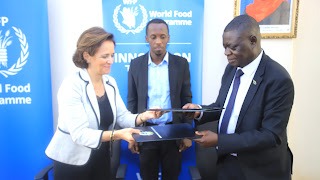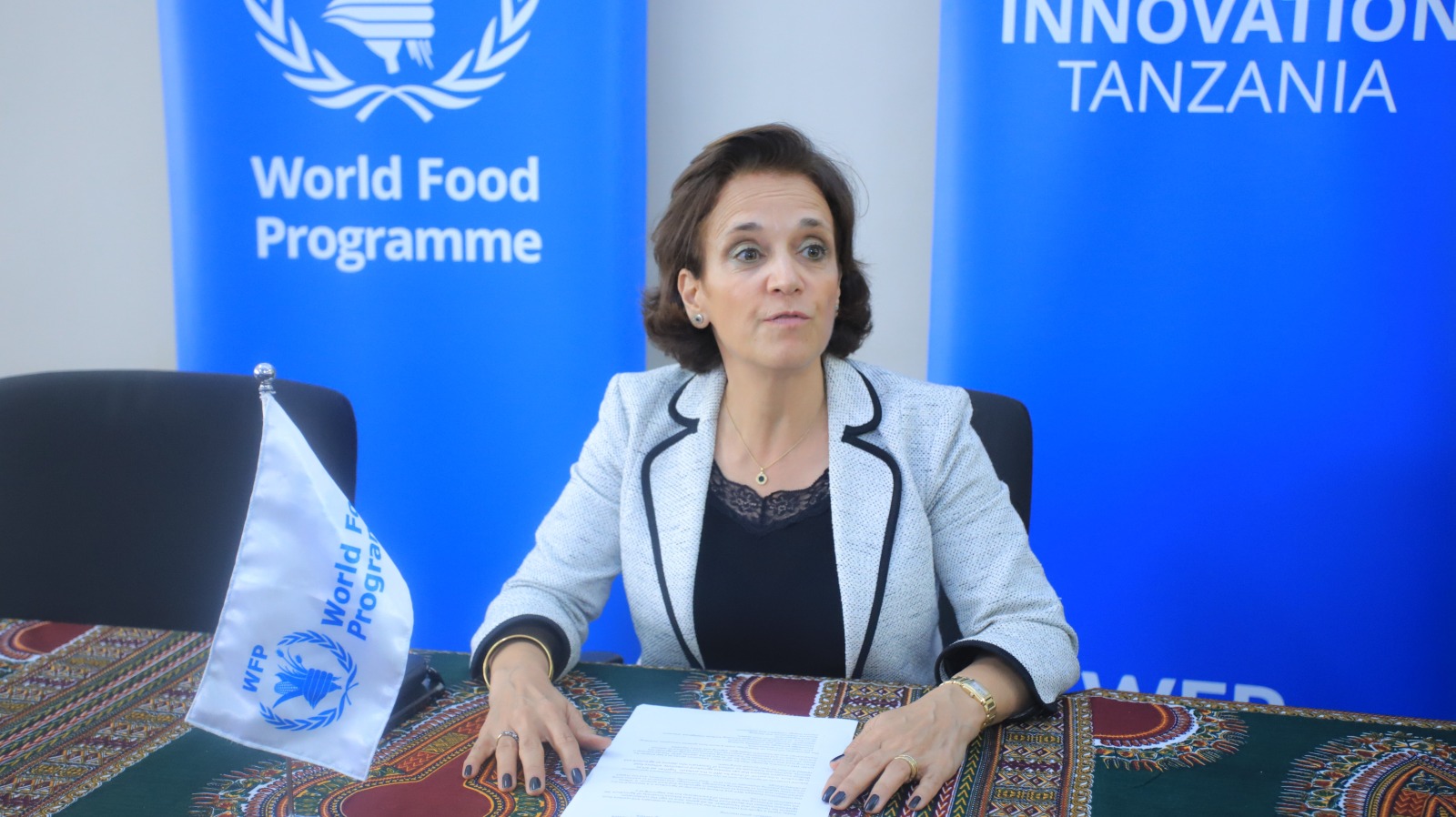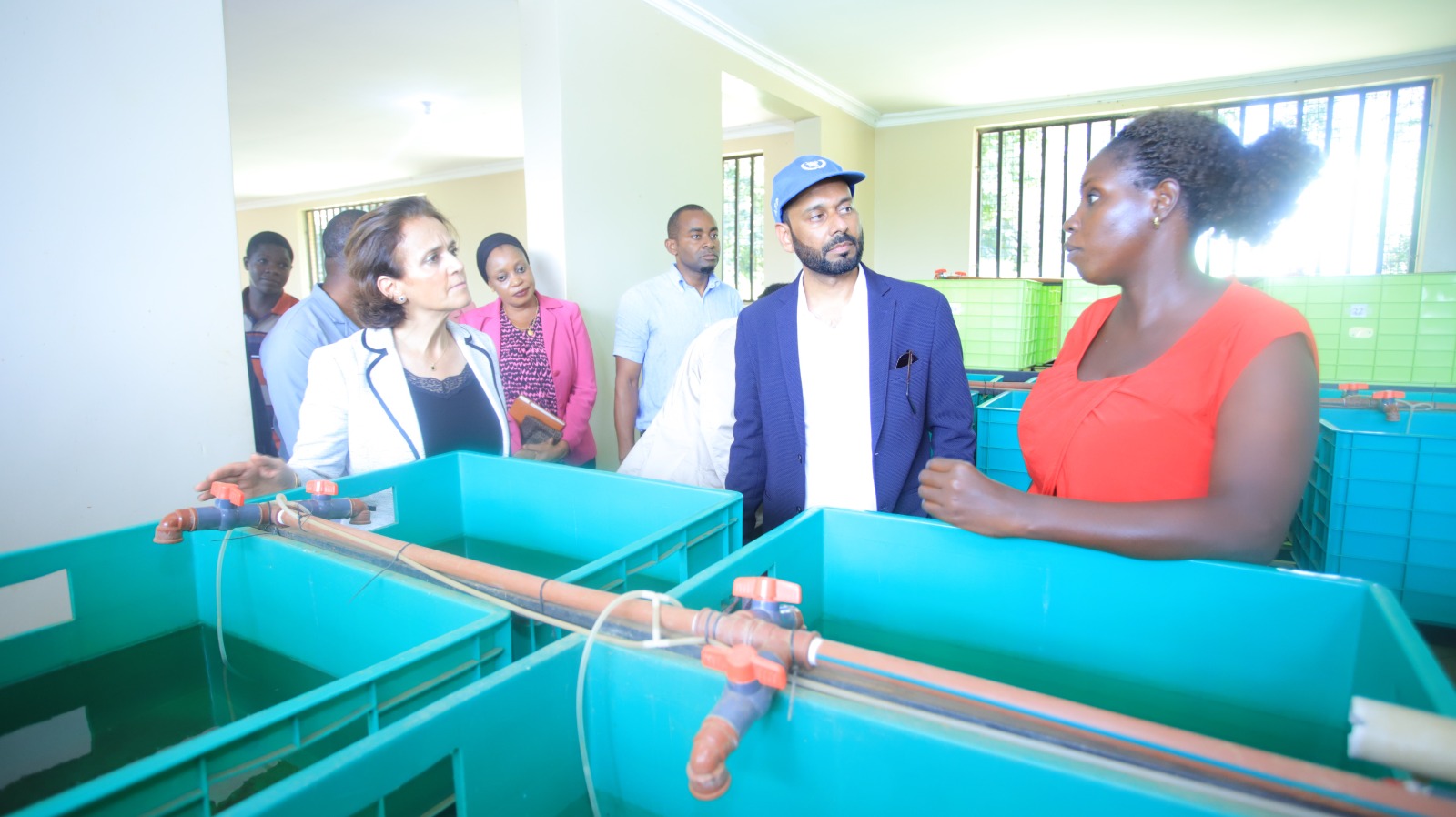The World Food Programme (WFP) in Tanzania and the Sokoine University of Agriculture (SUA) have signed a memorandum of understanding (MoU) to enhance research and technology use, including accurate climate change monitoring and mitigation in agriculture.

WFP and SUA cooperate to ensure food security
The World Food Programme (WFP) in Tanzania and the Sokoine University of Agriculture (SUA) have signed a memorandum of understanding (MoU) to enhance research and technology use, including accurate climate change monitoring and mitigation in agriculture.
During the agreement signing, Ms. Sarah Gordon-Gibson, the WFP Representative in Tanzania, stated that the agreement will also include other areas such as knowledge exchange and researchers' capacity building to secure funds for the implementation of various projects.
The World Food Programme (WFP) has allocated about $60,000 (which is equivalent to over 150 million Tanzanian shillings) for SUA, according to her. The World Food Programme (WFP) recognises research and innovation in agriculture and food as key drivers of change in the sector.
Ms. Sarah acknowledged that the collaboration between SUA and WFP has come at an ideal time because it will promote and inspire scientific research and innovation. Innovation is a key to ensuring food security and nutrition for everyone, as outlined in the World Food Programme's strategic plan for 2022–2027 and the Sustainable Development Goal 2030.
Prof. Raphael Chibunda, Vice Chancellor of Sokoine University of Agriculture, expressedSUA's satisfaction with the collaboration, noting that it will provide value to research, innovation, and agricultural technology, among other domains. Prof. Chibunda also stated that, in order to ensure robust cooperation, SUA will collaborate with WFP to assist academics, researchers, and farmers in general in ensuring food security and nutrition.
During the event, Dr. Doreen Ndosi, the Coordinator of Technology Transfer and Consultancy at SUA, expressed that
the collaboration between WFP and SUA will effectively realise the university's aspiration to guarantee food safety throughout the entire supply chain, encompassing production, harvesting, storage, transportation, and delivery to the end consumer.







